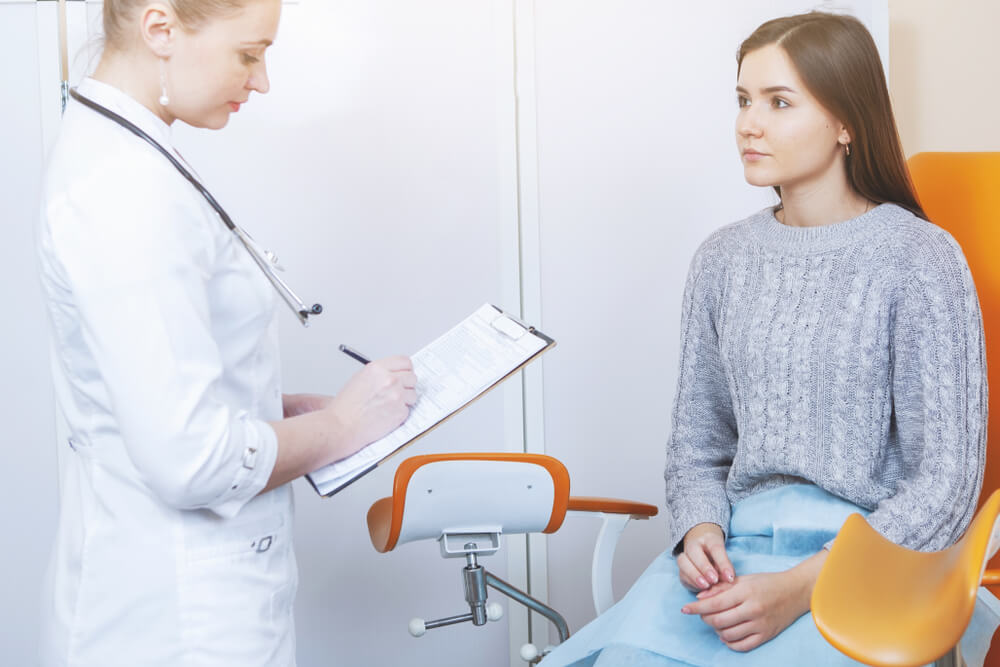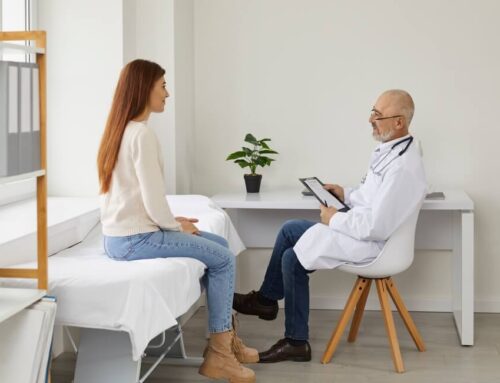Your healthcare provider does an endometrial biopsy to check for problems in your uterus. Your provider will take a tissue sample from your uterine lining – called the endometrium. They will then look at the tissue under a microscope to look for abnormal cells and assess the hormone levels in your uterus.
This procedure will typically be done in your gynecologist’s office, like gynecology in Miami. Read on to learn more about this type of biopsy and determine what to expect after an endometrial biopsy.
Reasons to Get an Endometrial Biopsy
There are several reasons your doctor might suggest getting this biopsy, such as:
- Abnormal menstrual bleeding
- Absence of uterine bleeding
- Post-menopausal bleeding
Your healthcare provider can use a biopsy to detect hormone-related changes to your uterine cells or abnormal tissues like polyps or fibroids that can cause abnormal bleeding. If your provider suspects uterine infections like endometritis, she can use a uterine biopsy to detect it.
This biopsy can also be used to check for cancer cells, and endometrial cancer is the most common female reproductive organ cancer.
Risks Associated With an Endometrial Biopsy

The most common complications from this procedure are:
- Pelvic infection
- Bleeding
- Rare instances of puncturing the uterine wall with the biopsy tool
Certain conditions might interfere with a uterine biopsy or increase your endometrial biopsy pain level, such as:
- Cervical cancer
- Pelvic inflammatory disease
- Infections of the cervix or vagina
Most of the time, the risks of severe complications from this type of biopsy are low. Getting a biopsy of your uterus during pregnancy may cause accidental miscarriage, so be sure to tell your doctor if you are pregnant or think you might be.
Certain medical conditions may put you at risk of some complications. Always be sure to discuss your medical history with your doctor before your procedure.
How to Prepare for Your Biopsy Appointment
Typically, you won’t be required to do anything special to get ready for your appointment, but your doctor might advise you to take an over-the-counter pain reliever a half hour before your procedure to help alleviate discomfort. You might also expect the following:
- Your provider will explain the procedure and answer any questions before signing a consent form giving your doctor permission to perform this procedure.
- You will be expected to alert your doctor of any allergies to medications, latex, or other medical materials or liquids. Also, be sure to tell your provider of any supplements or medications you are currently taking or have a history of bleeding disorders.
- Your healthcare provider might ask you to track and write down your menstrual cycle if it’s relevant to your condition. You may be required to schedule your appointment during a specific phase of your cycle.
- Be sure to have someone available to drive you home after the procedure if your provider plans to give you a sedative for your biopsy.
- Bring a period pad to wear home in case of bleeding after an endometrial biopsy.
What to Expect During Your Appointment
A uterine biopsy can be done in your doctor’s office, as part of a hospital stay, or as an outpatient procedure. The biopsy might vary depending on your condition and the provider’s preferred practices.
In general, you can expect the biopsy appointment to be similar to this:
- You will be asked to undress, put on a hospital gown, and empty your bladder before the procedure.
- You will lie on an exam table with your feet and legs supported.
- Your doctor will insert an instrument called a speculum into your vagina to spread the walls apart and allow a view of your cervix.
- Your doctor will clean your cervix with a sterile solution, and then they may numb the area using a numbing spray or injection into the cervix.
- You may feel some cramping as a pair of forceps are used to hold the cervix still for a sample to be taken.
- A uterine sound may be inserted through your cervical opening. It’s a thin, rod-like device used to determine the length of the uterus and to find a proper location for the biopsy. Your endometrial biopsy pain level may increase at this time, as the uterine sound can cause cramping. This device is removed after an appropriate biopsy site is found.
- Your doctor will insert a catheter with a small internal biopsy tube into your uterus. Once it reaches the location for biopsy, the doctor will withdraw the inner tube to create a suction at the end of the catheter. Then, they will gently move the tip of the catheter in and out of your uterine lining to collect small samples of endometrial tissue. Your endometrial biopsy pain level is likely to be at its highest at this point, and cramping is common. The location and amount of tissue collected will depend on the reason for your biopsy.
- Your doctor will remove the speculum and catheter, then place the sample into a preservative so it can be sent to a lab for analysis.
What to Expect After an Endometrial Biopsy

After your procedure, you will be able to go home after a short period of rest. The most common things to expect after your biopsy are:
- Mild cramping
- Vaginal bleeding after endometrial biopsy
These should go away after a few days, and you can take over-the-counter NSAIDs like Tylenol to relieve discomfort during this time.
Your doctor may tell you not to use tampons, have sex, or douche for two to three days after your procedure. They might also advise you not to partake in strenuous activity or heavy lifting during your recovery time.
The doctor will tell you what to expect after an endometrial biopsy, when to schedule a follow-up appointment to discuss the results and explore the next steps in your treatment.
If you experience any of the following symptoms, tell your healthcare provider immediately:
- Severe pain in the lower belly
- Foul-smelling vaginal discharge
- Exessive bleeding, or bleeding after endometrial biopsy beyond the first two or three days
- Fever or chills
These complications might be signs of infection or improper healing after your biopsy and might require further medical treatment.
Endometrial biopsies are straightforward procedures that check for multiple uterine health issues, from cancer to hormonal problems. The procedure is relatively low risk and can often be done by your doctor at their regular practice. They will send the sample out to a lab for analysis, then contact you to discuss the results once they are available. Some moderate cramping is expected during the biopsy, and afterward, you can expect mild pain and some bleeding for two to three days.
Are you ready to schedule an endometrial biopsy, or do you have more questions about the procedure? Here at New Age Women’s Health, our healthcare providers are experienced, compassionate, and ready to answer any questions you may have. Call us or schedule an appointment online today.





